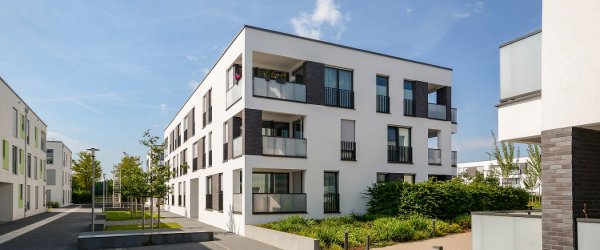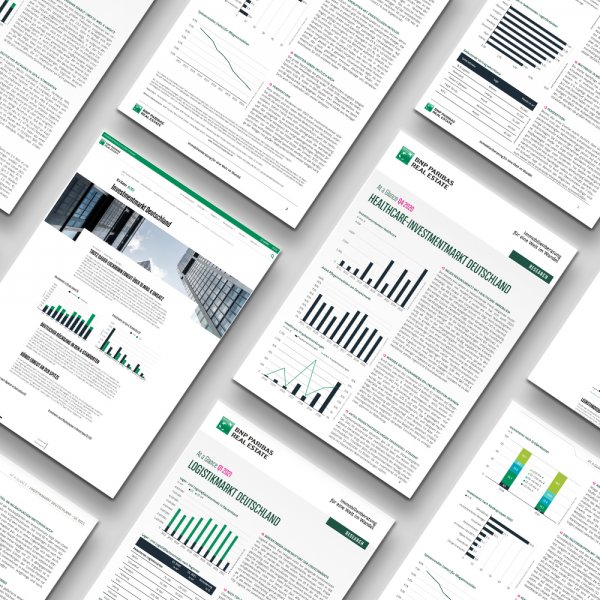Residential Dashboards
Key Takeaways
- Residential properties posted €4.5bn in transaction volume at the end of H1 2025. With this result, residential maintains its status as the asset class with the highest transaction volume in the German real estate market. The significant increase in the share claimed by high-volume portfolios throughout the country, including those in the value-add segment, is a positive indicator of sustained market recovery. Signs of an uptick in sentiment can also be seen in increased activity by foreign investors, particularly those from the USA, who are again starting to snap up attractive investment opportunities.
- The price trend on new-build rental market has intensified yoy in many of the country’s top locations, coming in significantly higher than during the entire period under review between 2015 and H1 2025. This can mostly be attributed to excess demand in Germany’s major cities, a slump in new-build completion rates and persistently high construction costs.
- There tends to be a positive correlation between the development of average rent prices and income levels in the country’s top cities. Overall, however, rent prices (existing stock) have risen an average of +4.3% over the past 10 years at a slightly higher pace than income levels (+3.8%). Nevertheless, the share of household income being spent on rent only rose significantly in roughly half of the top cities surveyed.
- Compared to other European core housing markets, Germans spend a lower percentage of household income on rent (around 20%), at least on average.

